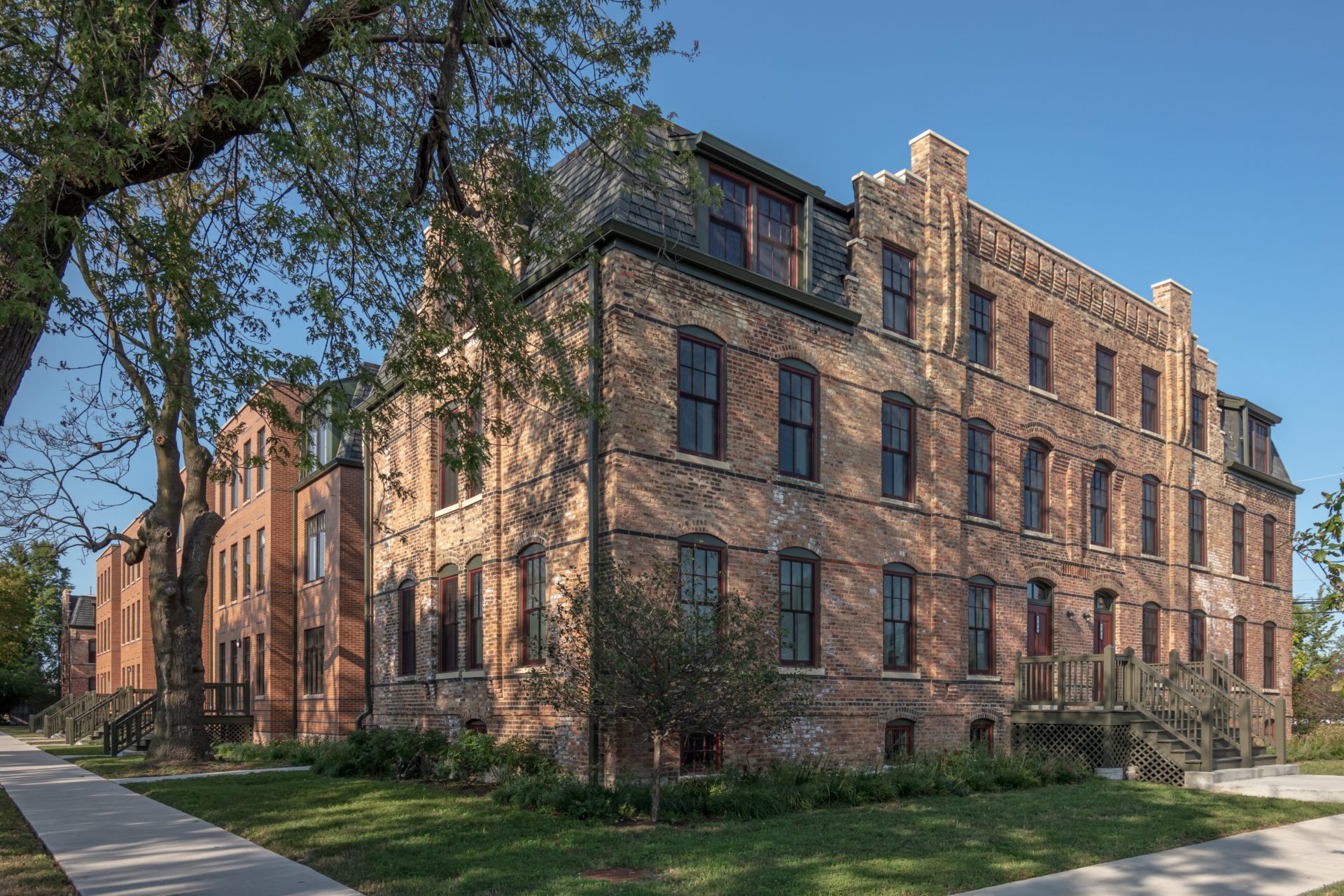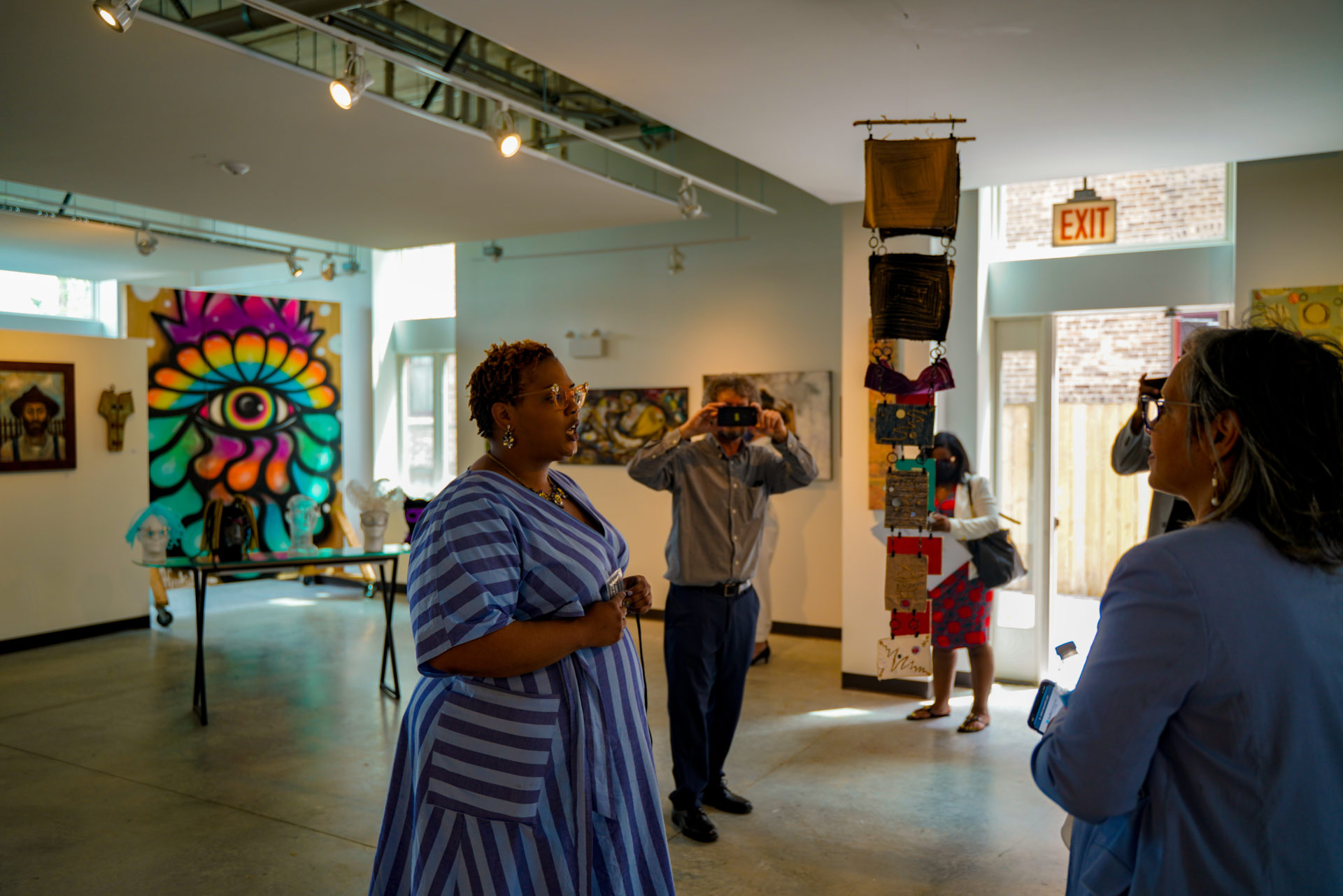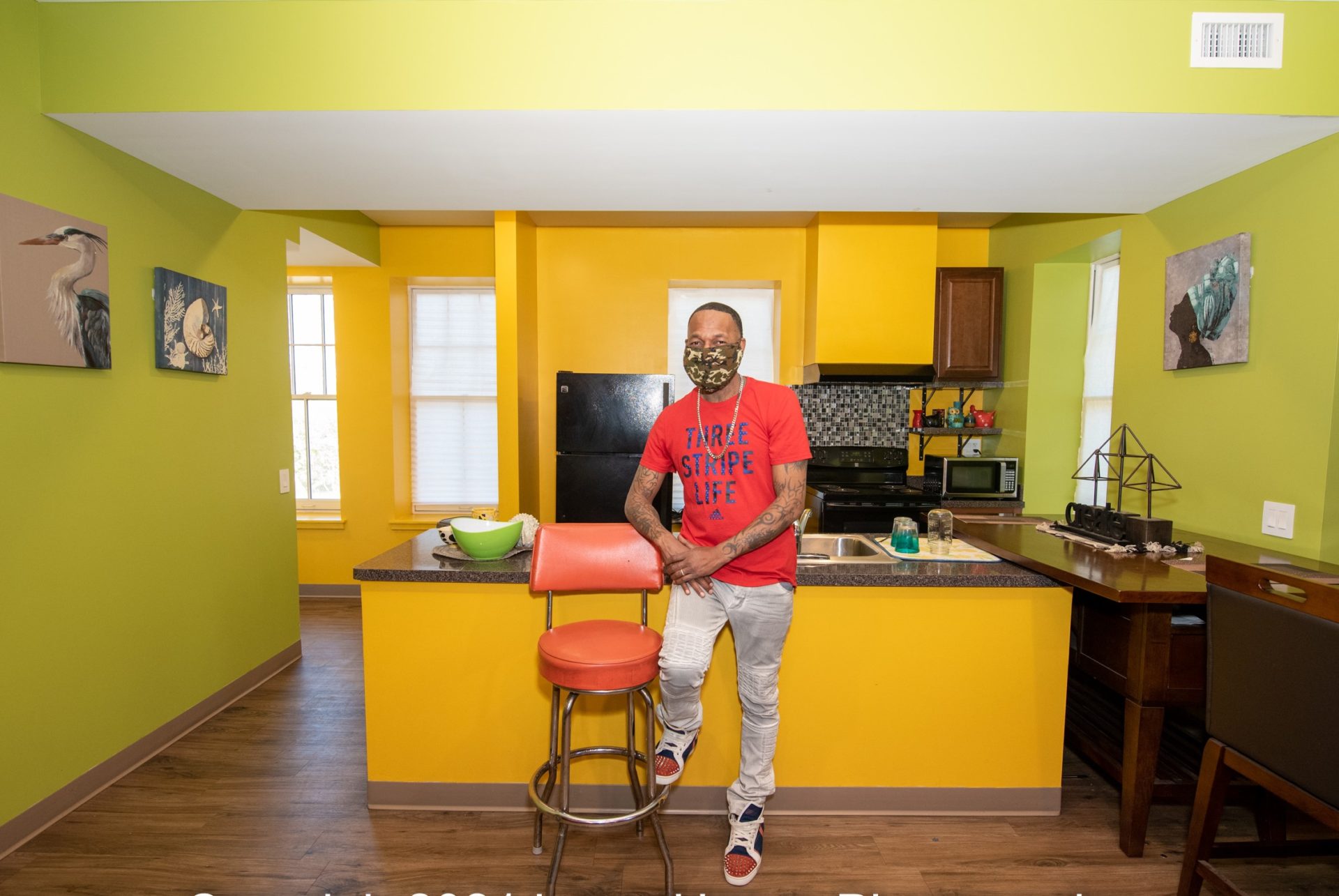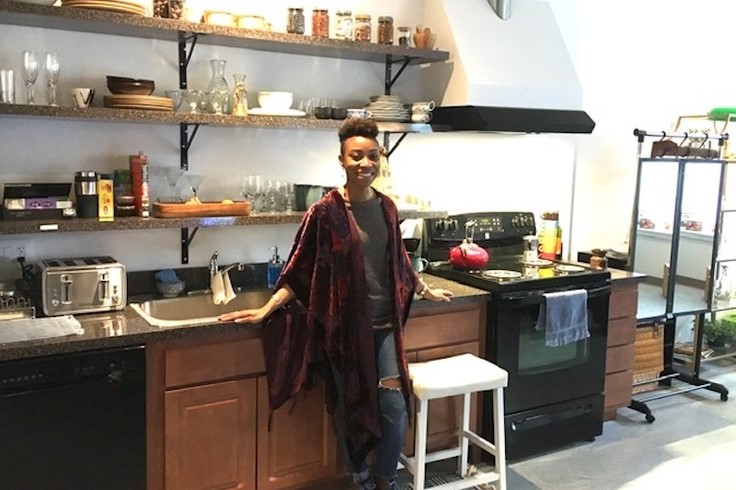2021 Landmarks Illinois Richard H. Driehaus Foundation Preservation AWARD FOR REHABILITATION
Pullman Artspace Lofts uniquely combines historic preservation, needed low income housing and dedicated arts space in a 33,000-square-foot development on Chicago’s far South Side. Chicago Neighborhood Initiatives (CNI) and Pullman Arts led the rehabilitation of 1880 brick tenement housing in the historic Pullman neighborhood, one of the nation’s first planned industrial communities in the 19th century. The new development is the result of an intense community engagement initiative by the developers, which included surveying more than 380 artists and community members who indicated there was both a great need and broad community support for the development of a work/live space for artists and their families. Pullman Artspace Lofts houses 38 apartment units that serve veterans, low-income artists and individuals with supported services and were designed specifically for artists and their families. It is the first new housing development in the neighborhood in more than 60 years and signals a revitalization of the community.
Pullman Artspace Lofts is housed in two historic buildings (“Block Houses A and C”) and one new construction building. The exteriors of buildings A and C were meticulously restored to their original appearances, and the interiors were conscientiously adapted with much of the woodwork retained. The new construction building was designed by taking inspiration from the Pullman neighborhood’s historic appearance and craftsmanship. Today, 100 percent of the apartments are leased and fully occupied with a long waiting list of residents hoping to live and work in the space in the future — proving how sought after this new hybrid arts and housing project in historic buildings truly is.




